Despite the rise of online shopping, some states continue to embrace in-store experience. A study by Public Desire highlights the regions where brick-and-mortar retail remains stable for consumers. It reflects the strong local shopping culture despite the convenience of digital stores.
California

California leads with 15,201 marketplaces with over 3.4 million retail jobs. The state’s massive population of nearly 39 million supports a thriving retail sector. Despite high online shopping activity, with 1.5 million “Shein” searches, in-store shopping remains popular. California’s $58.74 billion in sales taxes indicates significant physical activity across its 52 congressional districts.
Texas

Texas boasts 12,834 marketplaces and 2.9 billion retail jobs. This state, home to more than 30 million people, continues to have significant in-store customers. Texas has a higher percentage of population of 9.4% involved in retail compared to that of California. The state’s $47.04 billion in sales taxes reflects significant brick-and-mortar retail activity across its 38 congressional districts.
Florida
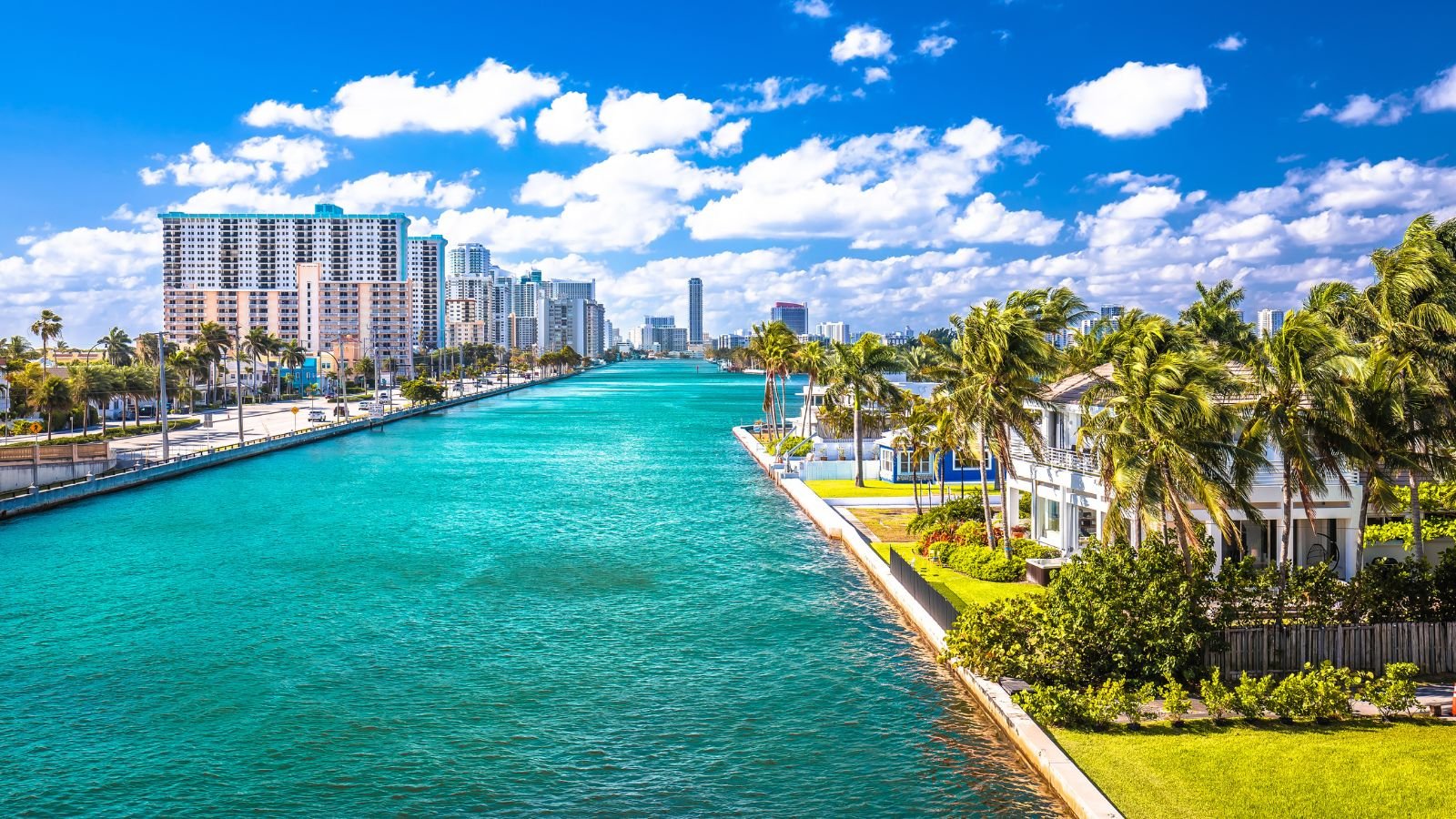
Florida’s retail sector thrives with 10,782 marketplaces and over 2.2 million jobs. The state’s 22.9 million residents support a diverse shopping landscape. Florida has a high 9.9% of its population involved in retail jobs. Despite 1 million “Shein” searches, physical stores remain popular. It contributes to $34.34 billion in sales taxes across 28 congressional districts.
New York

New York’s retail scene features 3,528 marketplaces and 1.2 million jobs. The state’s high shops-to-population ratio of 5,518 per million residents indicates dense retail availability. Despite high online activity with 992,000 “Shein” searches, New York’s $19.18 billion in sales taxes suggests strong in-store shopping across its 26 congressional districts.
Pennsylvania
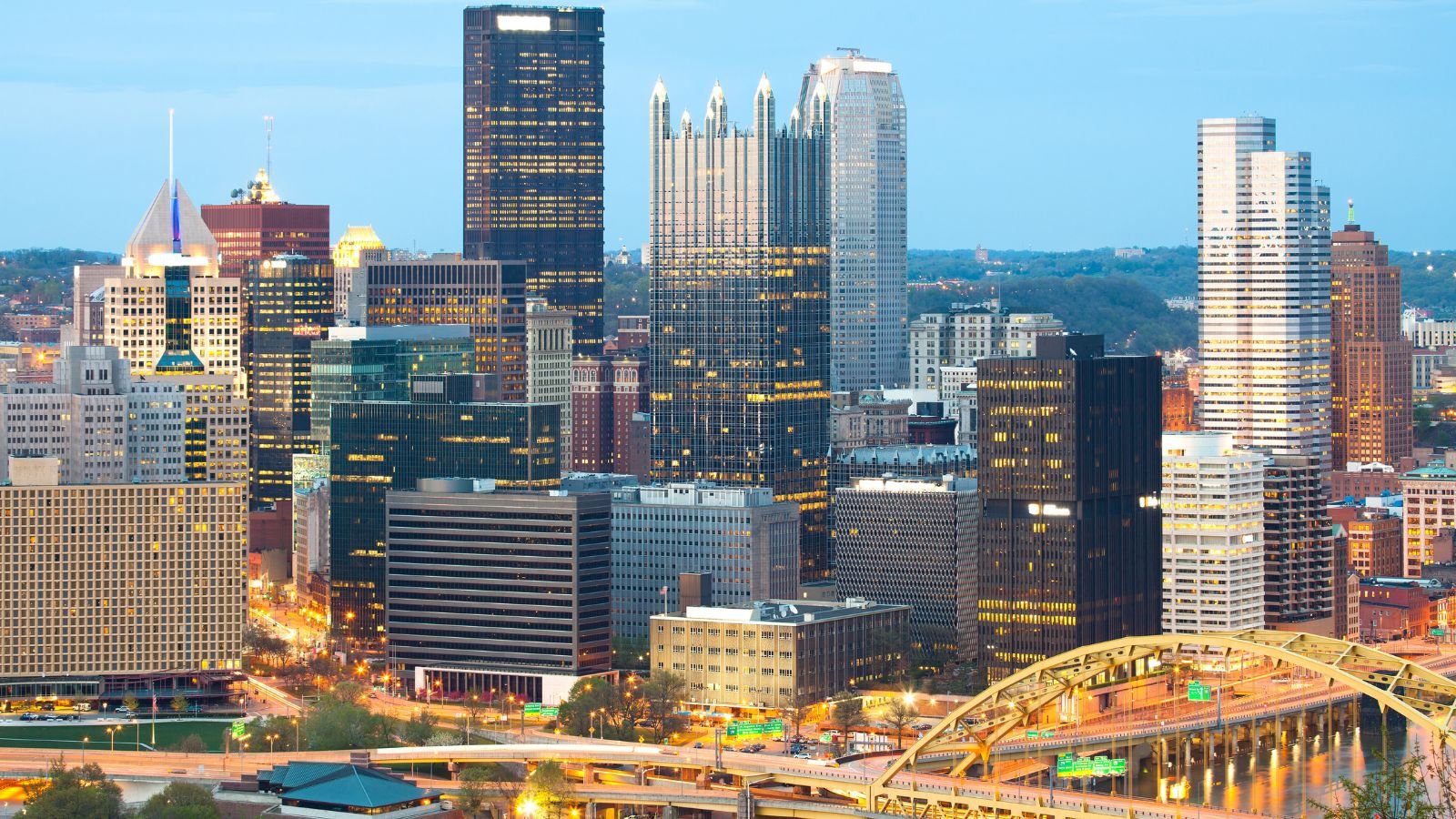
Pennsylvania’s retail sector includes 2,894 marketplaces and 1.17 million jobs. The state’s shops-to-population ratio of 4,475 per million is notably high. With 9.1% of its 12.9 million residents involved in retail, Pennsylvania maintains a strong physical shopping presence. The state generates $19.77 billion in sales taxes across 17 congressional districts.
Montana

Montana’s retail landscape features 130 marketplaces serving 1.14 million residents. The state boasts an impressive shops-to-population ratio of 8,790 per million. With 10.3% of its population in retail jobs, Montana emphasizes in-store shopping. The state’s low online activity with only 23,000 “Shein” searches, suggests a preference for physical stores.
District of Columbia
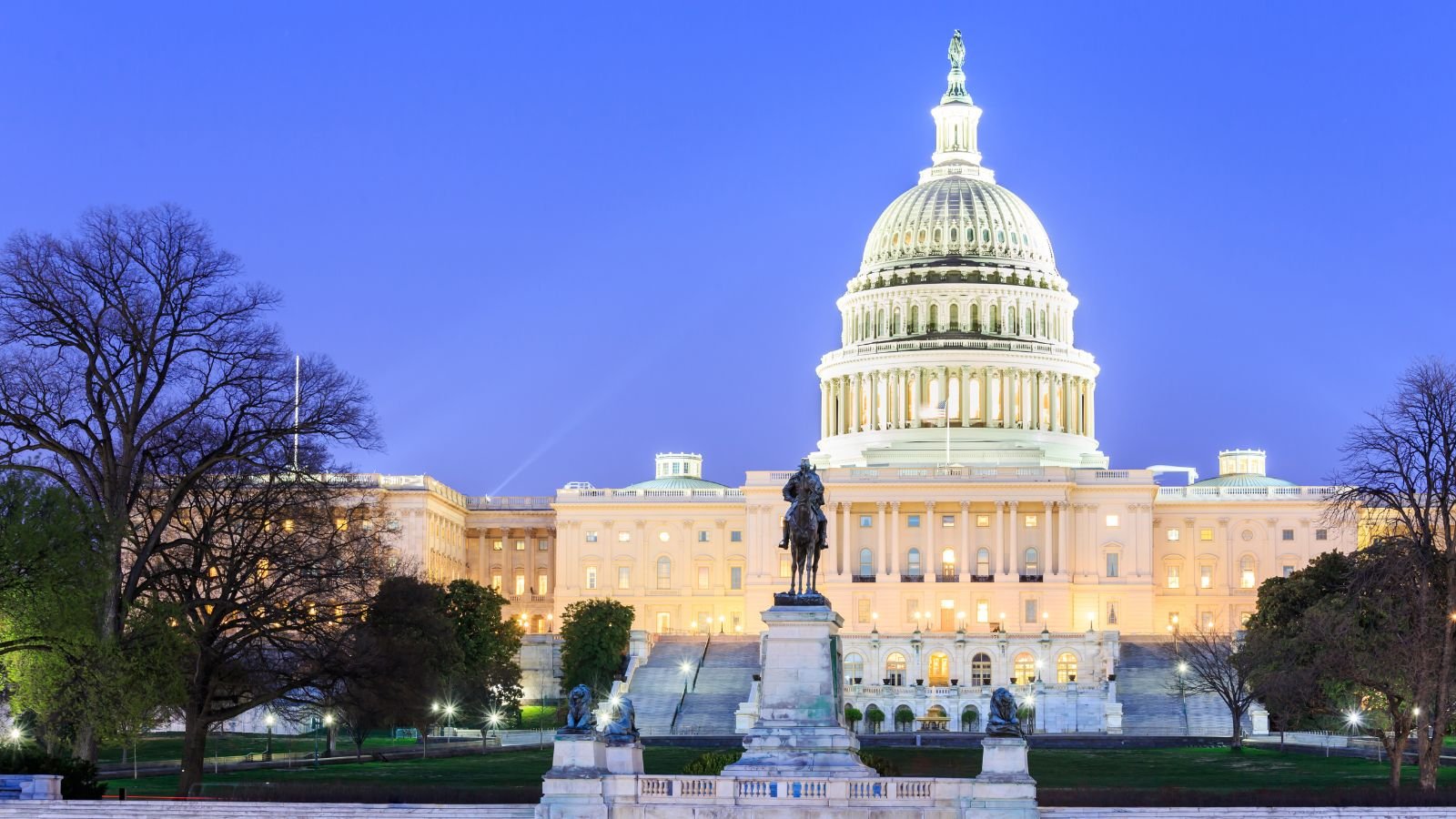
The District of Columbia leads in retail density with 8,922 shops per million residents. Despite its small size, D.C. has 77 marketplaces serving 686,995 people. Around 10.9% of people in the city have a retail job. The district’s $0.71 billion in sales taxes indicates significant in-store activity despite limited space and population.
Illinois
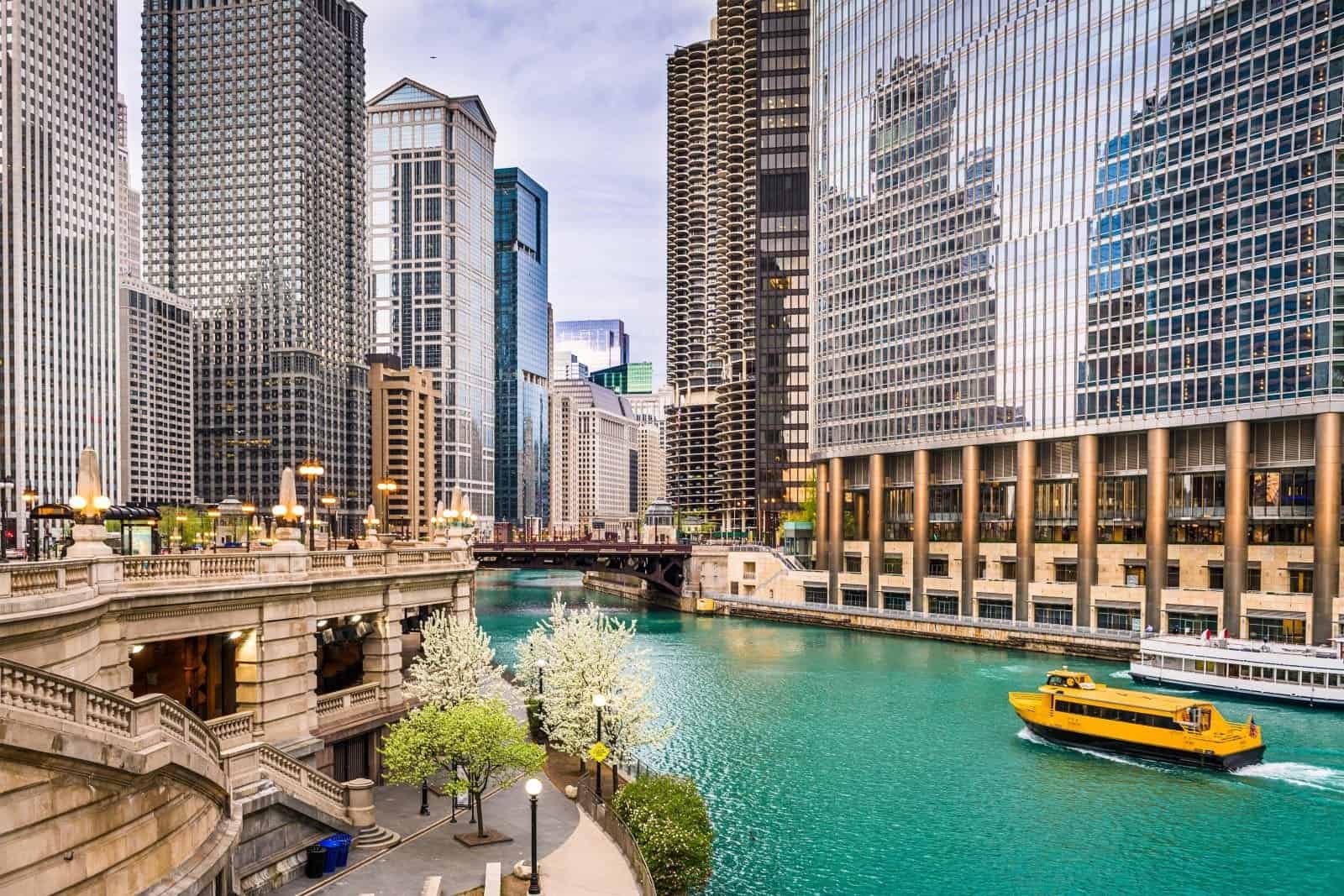
Illinois features 4,403 marketplaces and nearly 1.2 million retail jobs. The state maintains a shops-to-population ratio of 2,843 per million among its 12.5 million residents. The state has 9.6% of its population in retail and $20.70 billion in sales taxes. This showcases strong in-store shopping trends across its 17 congressional districts.
South Dakota
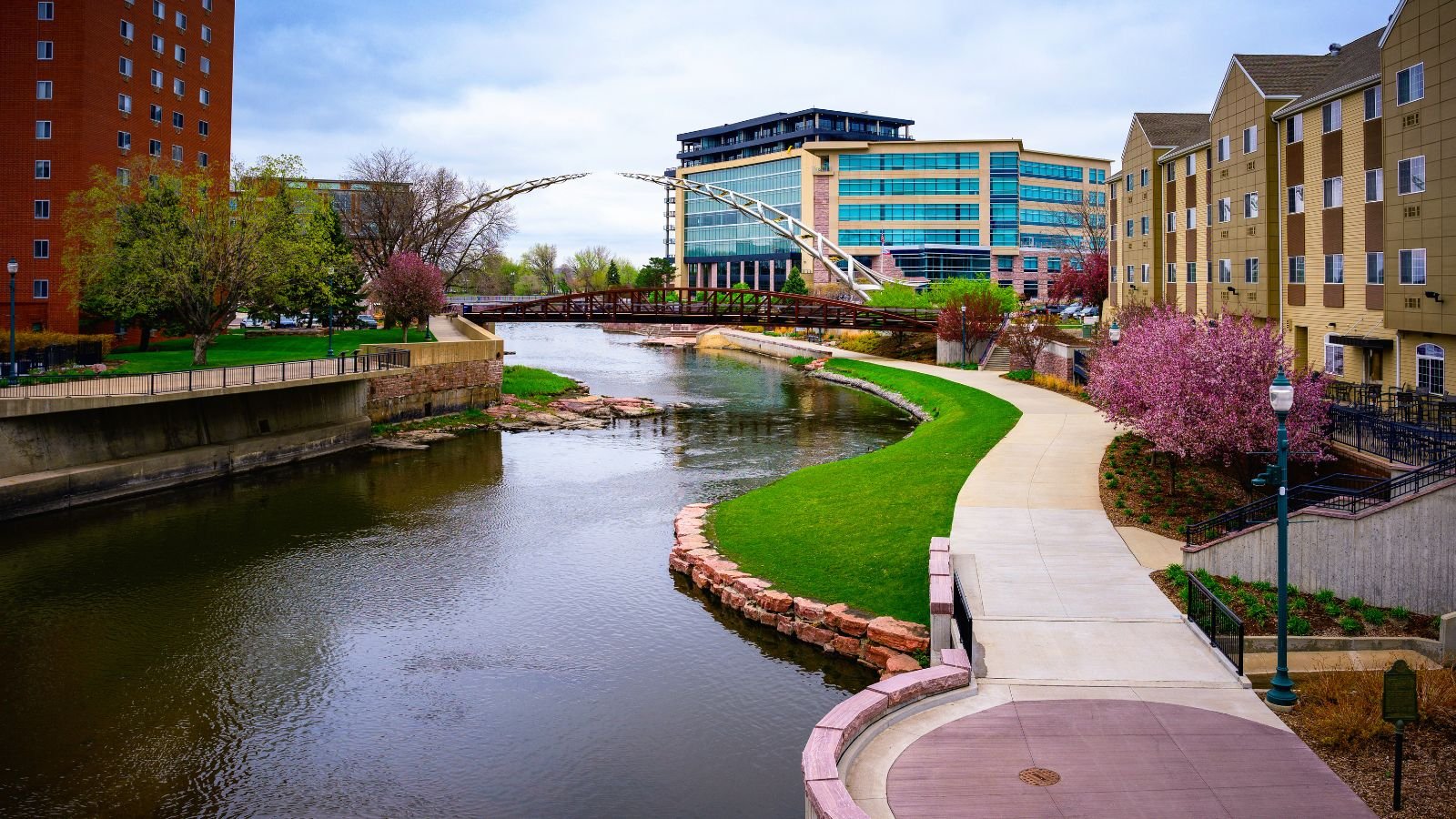
South Dakota leads with 11.1% of its 928,767 residents involved in retail jobs. The state’s 114 marketplaces result in a high shops-to-population ratio of 8,147 per million. Low online activity, with only 22,600 “Shein” searches, suggests a strong preference for in-store shopping. Physical retail produces $0.88 billion in sales tax for the state.
Wyoming
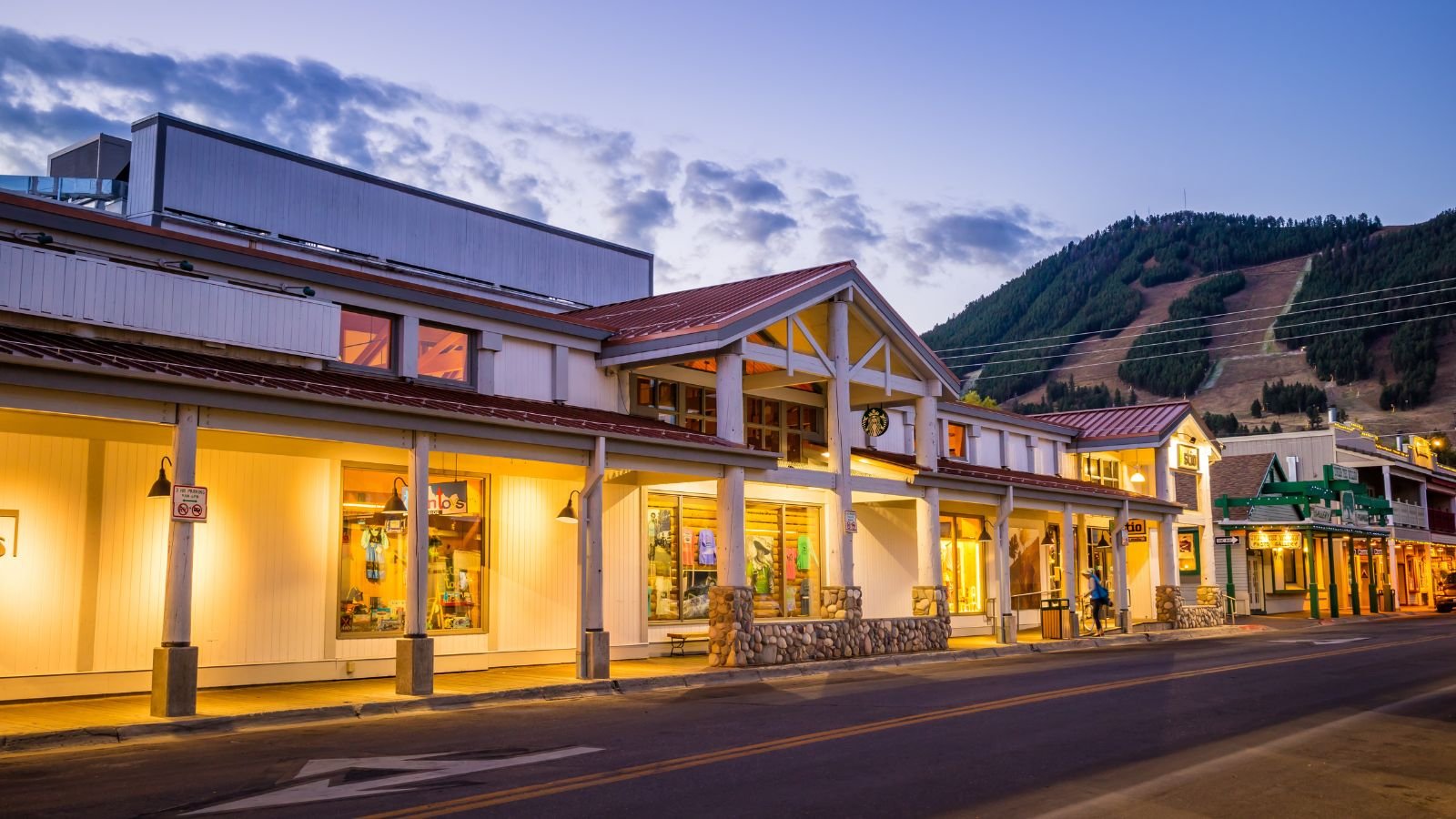
Whyoming’s retail landscape includes 72 marketplaces serving 586,485 residents. The state boasts a high shops-to-population ratio of 8,146 per million. With 9.9% of its population in retail jobs, Wyoming emphasizes in-store experiences. Low online activity with only 13,500 “Shein” searches, indicates a preference for physical stores in the state.
Ohio
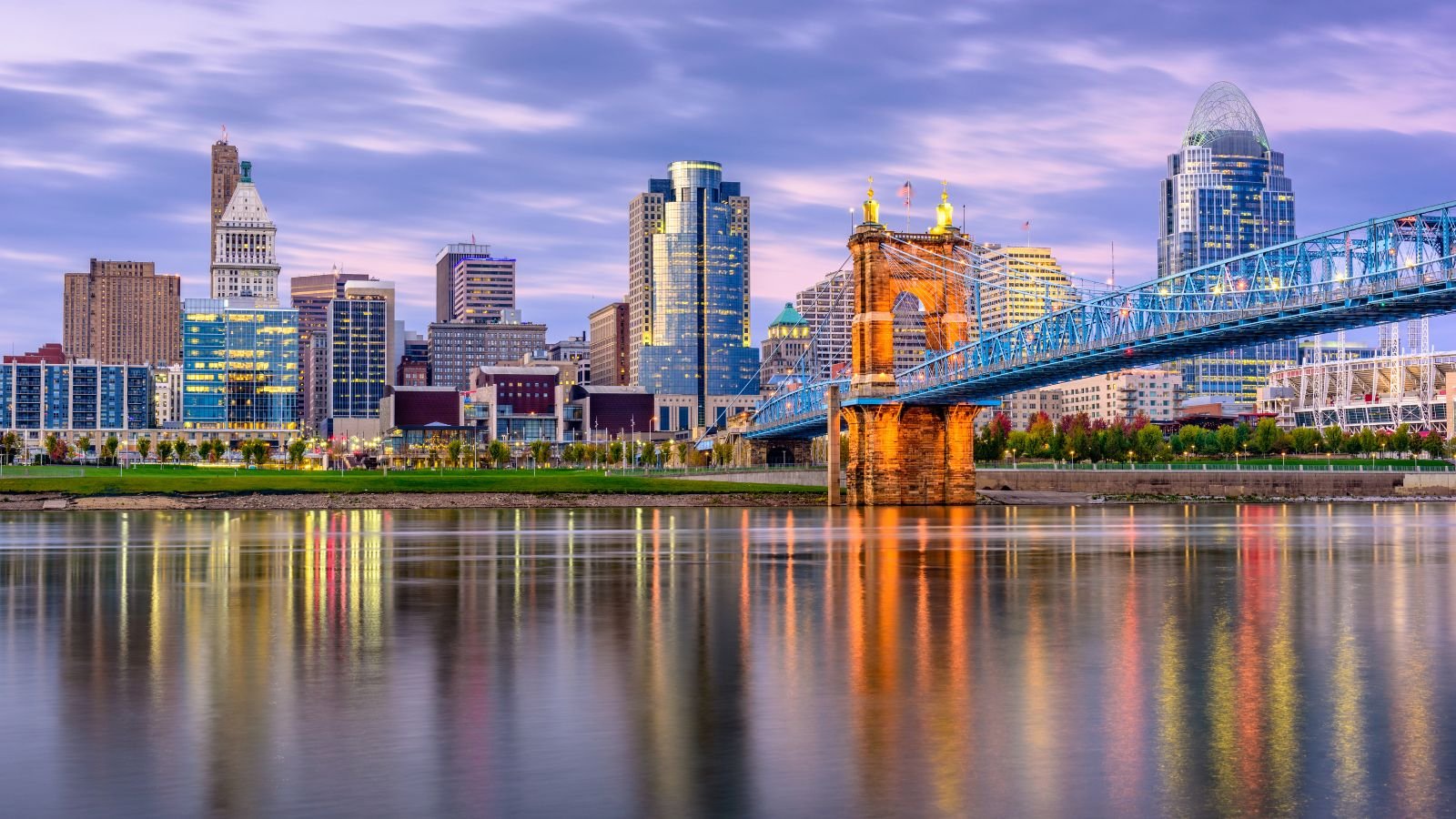
Ohio’s retail sectors feature 4,365 marketplaces and over 1.1 million retail jobs. The state maintains a shops-to-population ratio of 2,706 per million among its 11.8 million residents. Ohio has 9.8% of its population in retail and $20.59 billion in sales taxes. This demonstrates strong in-store shopping trends across its 15 congressional districts.
North Dakota

North Dakota’s retail landscape includes 102 marketplaces serving 788,940 residents. The state boasts a high shops-to-population ratio of 7,735 per million. With 10.3% of its population in retail jobs, North Dakota focuses on in-store experiences. Low online activity with only 22,200 “Shein” searches, suggests a preference for physical stores.
Georgia
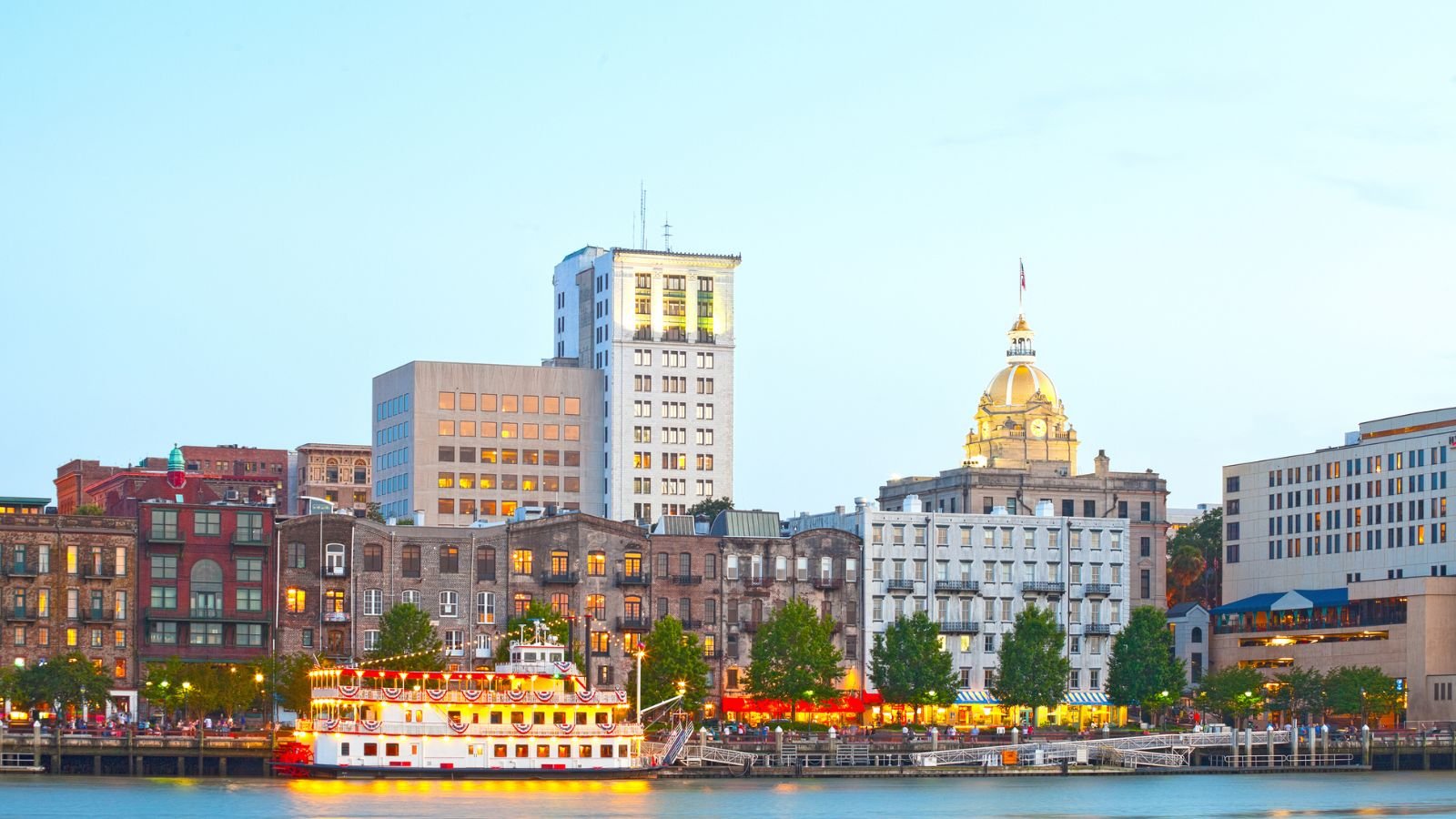
Georgia’s retail sector has 4,503 marketplaces and over 1 million jobs. The state maintains a shops-to-population ratio of 2,475 per million among its 11.1 million residents. Georgia has 9.4% of its population in retail and $10.59 billion in sales taxes. It showcases strong in-store shopping trends across its 14 congressional districts.
North Carolina
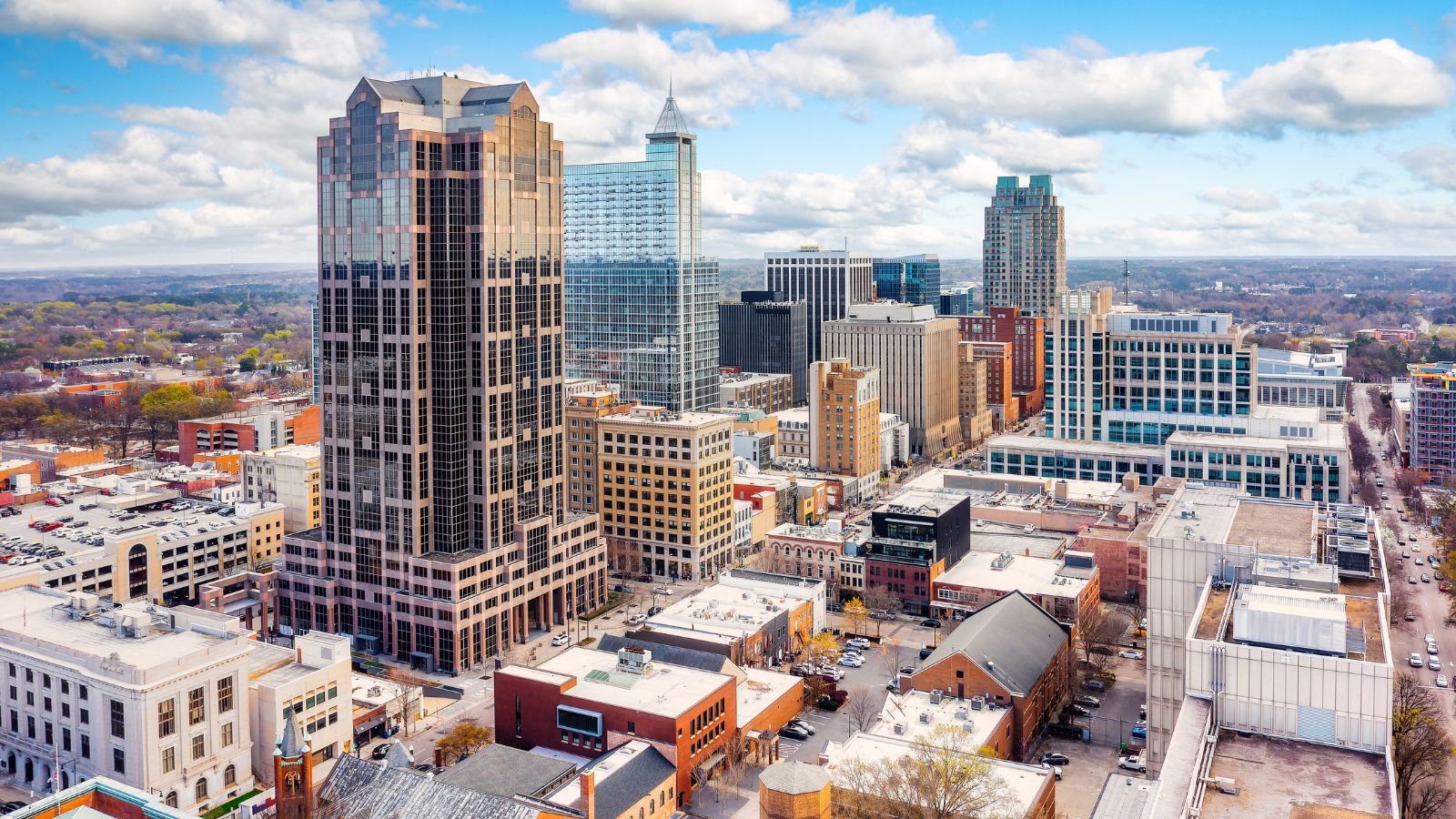
North Carolina features 4,127 marketplaces and over 1 million retail jobs. The state maintains a shops-to-population ratio of 2,659 per million among its 10.9 million residents. The state has 9.6% of its population in retail and $13.24 billion in sales taxes. This highlights North Carolina’s in-store shopping activity across 14 congressional districts.
Michigan

Michigan’s retail landscape includes 3,832 marketplaces and over 911,000 jobs. The state maintains a shops-to-population ratio of 2,620 per million among its 10 million residents. Michigan’s 9.1% of its population is retail, resulting in $16.65 billion in sales taxes. The state demonstrates strong in-store shopping trends across 13 congressional districts.
New Jersey

New Jersey has 2,654 marketplaces and over 827,000 retail jobs. The state’s shops-to-population ratio of 3,512 per million is notably high among its 9.2 million residents. The state has 8.9% of its population in retail and $15.60 billion in sales taxes. New Jersey maintains a strong physical shopping presence across its 12 congressional districts.
Virginia

Virginia’s retail sector features 2,845 marketplaces and nearly 779,000 jobs. The state maintains a shops-to-population ratio of 3,076 per million among its 8,6 residents. Virginia has 9.1% of its population in retail leading to $11.24 billion in sales taxes. The state highlights solid in-store shopping trends across its 11 congressional districts.
Iowa

Iowa’s retail space includes 617 marketplaces serving 3.2 million residents. The state has a high shops-to-population ratio of 5,210 per million. The state has 10.8% of its population in retail jobs which emphasizes in-store experiences. The state generates $4.90 billion in sales taxes. It indicates significant physical retail activity.
